#leff
Text

Ivan Kasner/ Leff / Hazy / Wall Clock / 2013
76 notes
·
View notes
Text

13 notes
·
View notes
Text

@nyamafriend you and your husband
#jeff the killer x edgarallanpoestan#jeff the killer x lena#jeff the killer x nyamafriend#jena#leff#tomodachi life#shut up leo
3 notes
·
View notes
Text
youtube
Music Video: Nas - Sitting With My Thoughts
Nas never stops delivering the greatness ya’ll! “Sitting With My Thoughts” is featured on Nas’ 2023 LP, Magic 3. It’s the last of his 6 LPs with the superb Hit-Boy on production.
The video was directed by Leff!
#rap#hiphop#Nas#Mass Appeal Records#Hit-Boy#boom bap#Queensbridge#east coast#NYC#reality rap#Youtube#Leff
1 note
·
View note
Video
youtube
Nas "I Love This Feeling" (2024)
director: Leff
0 notes
Text

Anthony Fineran (B 1981), Za Leff FZO, 2023
0 notes
Text

Lauv (Ari Leff)
Gender: Male
Sexuality: Bisexual
DOB: 8 August 1994
Ethnicity: Ashkenazi Jewish, Latvian
Nationality: American
Occupation: Singer, songwriter, musician
#Lauv#Ari Leff#bisexuality#lgbt#lgbtq#male#bisexual#1994#jewish#ashkenazi jewish#latvian#biracial#singer#songwriter#musician#popular#popular post
170 notes
·
View notes
Note
is it normal that I have a HUGE crush on messiah 😔

This is the ideal male body. You may not like it, but this is what peak performance looks like.
-- Mod Leffe
11 notes
·
View notes
Text
Leffe Goldstein's "Dreaming Demons"
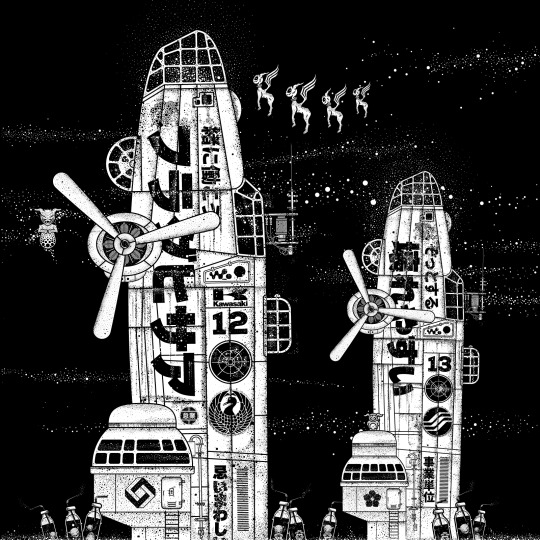
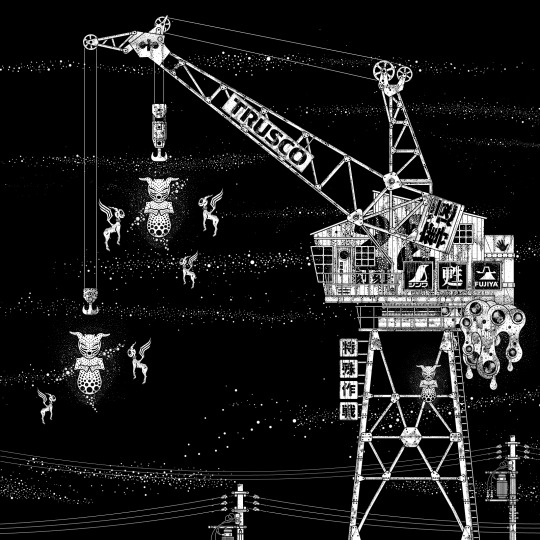
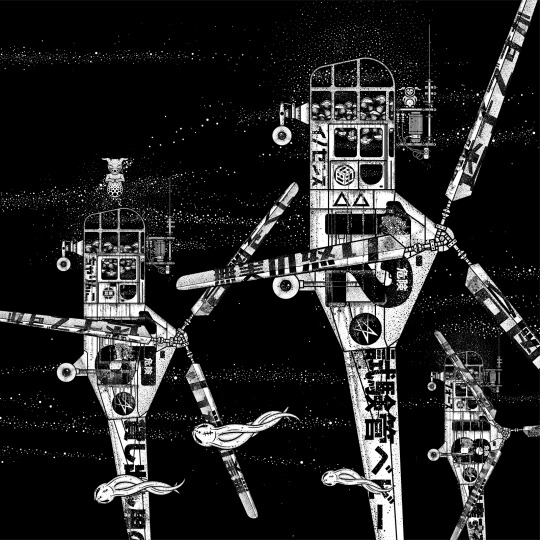


Leffe Goldstein’s ‘Dreaming Demons' present an alternative future. The drawings depict a black and white vision of an absurd world without humans; a world where only their demons have survived.
Intrigued by places that were once full of life and loved by their inhabitants and builders, Leffe’s drawings are based on real, existing places or objects. Architecture, pieces of machinery, planes, helicopters and vehicles that were left to decay; objects that were invented and served a purpose, built with the hands of real people. In Leffe's universe, these people are no longer there and long forgotten. But take a good look and you can see their demons are still thriving, breeding an alternative future world.
“Most people see demons as their wildest fears while others seem to enjoy them but the lucky ones have both.”
Leffe Goldstein always starts sketching with pencil but the finished black and white works are drawn digitally. He uses the sketch as an under-layer and works endlessly on details to bring the demons to life. When finished the drawings are printed as a silkscreen print, or a Giclée.

THE SUPERSONIC ART SHOP | FOLLOW ON INSTAGRAM
92 notes
·
View notes
Text
I am all for separating art from the artist no matter how much this phrase has been clowned on but u need to actually do that - stop engaging with their works in ways that gives them money if they are still alive and resort to piracy and such + stop defending and worshipping them like some teenager. But the way fandom goofies talk about 'oh u expect me, a little baby to drop my netflix showww my special interest?? Ill kill myself. Remember ur valid if ur x fandom!!' right after they find out about something fucked up is so damn pathetic and you know they'll defend the person in question in 5 minutes using dumbest arguments ever. How are u saying you'll continue worshipping ur blorbo no matter what and then get preachy and moralizing about 'ohhh u want me a little autistic bean to kill myself? I need to run a stupid fandom blog and talk about my blorbos 24/7 or else i'll die' ok fucking kill yourself then. Its one thing to just watch a movie or read a book and another to do all this whole 'fandom' crap about it and worshipping writers or whoever like they are gods and could never do anything wrong
#i think im kinda overusing the term 'art' with whatever goofy series these people watch#if we stopped engaging with art made by awful ppl there wouldnt be much art leff in the world#its not a 'moral' argument tho and art isnt about morality so stop trying to moralize abt ppl hating ur softbean ass jfc
8 notes
·
View notes
Text
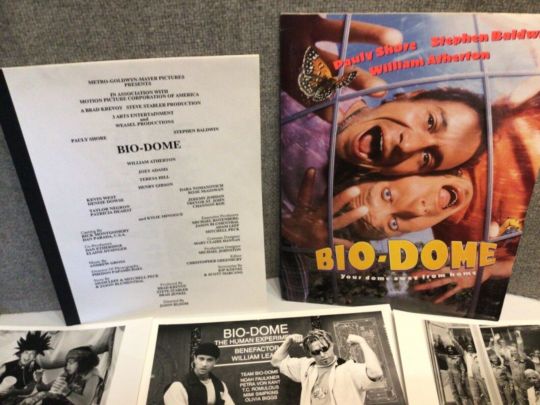
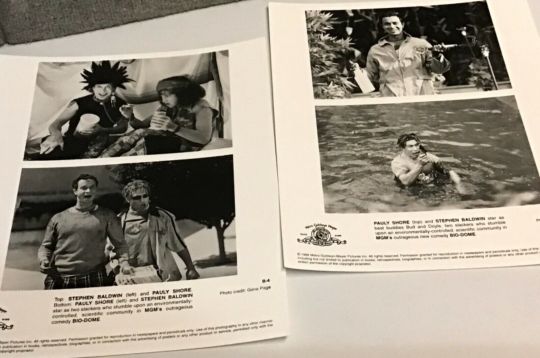
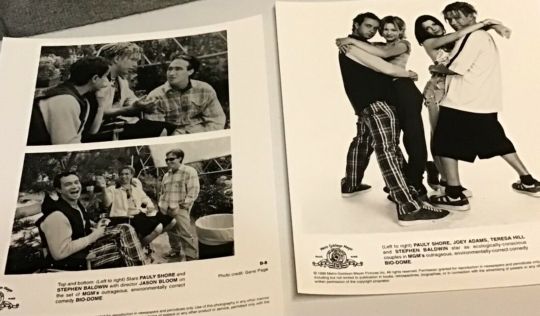
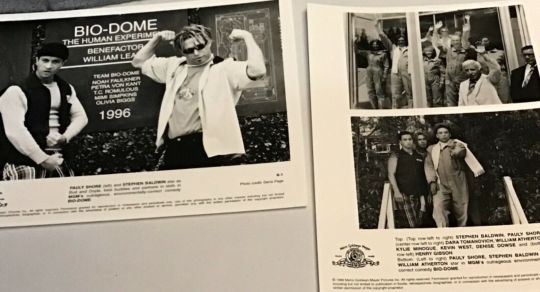
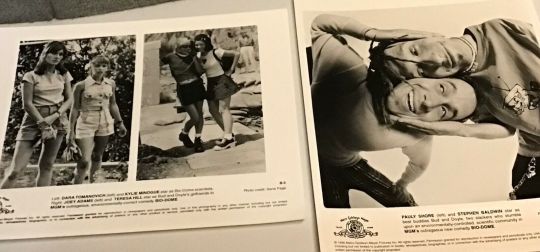
#Bio Dome#Pauly Shore#Stephen Baldwin#William Atherton#Joey Lauren Adams#Kylie Minogue#Jason Bloom#Adam Leff#Mitchell Peck#Jason Blumenthal#Kip Koenig#Scott Marcano#90s
34 notes
·
View notes
Text

Leffe e altri rimedi.
17 notes
·
View notes
Text
5lbs of Pressure
I watched it...I capped it.

#Honestly I would have been happier if they focused on one story line.#Like Leff and Mike's family shit#It wasn't awful and I got some great caps and ideas#Let's just see what I come up with#Rory Culkin#Culkin Cult
15 notes
·
View notes
Text
The Melaya in Egypt

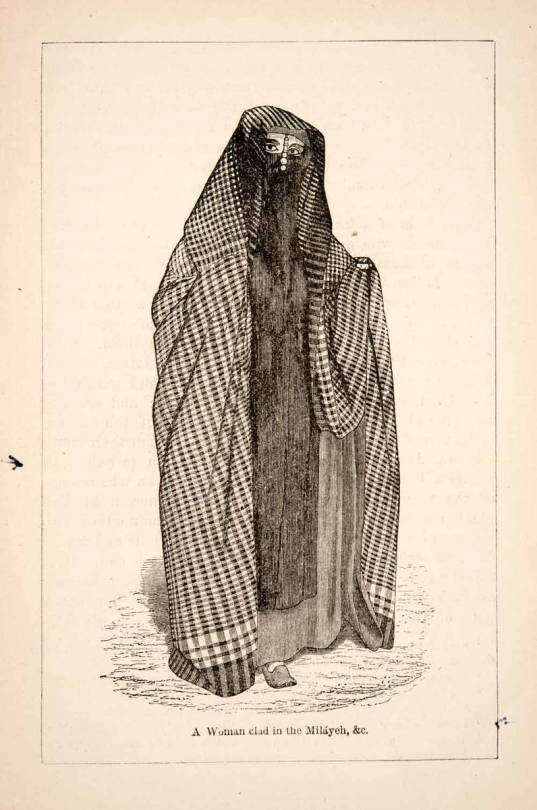
The first record I have of the Melaya Leff in Egypt is from around the 1830s in the writings if Edward William Lane (may his name be cursed). Within his work, he writes:
The lady then covers herself with a" habarah," which, for a married lady, is composed of two breadths of glossy, black silk, each ell-wide, and three yards long: these are sewed together, at or near the selvages (according to the height of the person); the seam running horizontally, with respect to the manner in which it is worn : a piece of narrow black riband is sewed inside the upper part, about six inches from the edge, to tie round the head. This covering is generally worn by the Egyptian ladies in the manner shown by the sketch in the next page; but some of them imitate the Turkish ladies of Egypt in holding the front part so as to conceal all but that portion of the veil that is above the hands. The unmarried ladies wear a habarah of white silk, or a shawl. Some females of the middle classes, who cannot afford to purchase a habarah, wear instead of it an " eezár," or "izár ; " which is a piece of white calico, of the same form and size as the former, and is worn in the same manner.
...many women who are not of the very poor classes wear, as a kind of covering, a kind of plaid, similar in form to the habarah, composed of two pieces of cotton, woven in small chequers of blue and white, or cross stripes, with a mixture of red at each end. It is called "miláyeh" in general it is worn in the same manner as the habarah; but sometimes like the tarhah. Footnote: There is a superior kind of miláyeh, of silk, and of various colours ; but this is now seldom worn. The two pieces which compose the miláyeh are sewed together, like those which compose the habarah. (Pg. 48)
Something which may stand out here to those familiar with 20th century Egyptian culture or "belly dance" costumes* is that the melaya described here is multicolored. The melaya we have today resembles the habarah as described here, with its simple black color. Yet another name comes to us from Assuit, where the black cover a woman wears is called a shaggah (compare to the Nubian shugga, another wrapped garment). Lane goes on to state, on the attire of bridal processions:
In general, the first persons among the bride's party are several of her married female relations and friends, walking in pairs; and next, a number of young virgins. The former are dressed in the usual manner, covered with the black silk habarah: the latter have white silk habarahs or shawls. Then follows the bride, walking under a canopy of silk, of some gay colour, as pink, rose-colour, or yellow: or of two colours composing wide stripes, often rose-colour and yellow. It is carried by four men, by means of a pole at each corner, and is open only in front; and at the top of each of the four poles is attached an embroidered handkerchief. The dress of the bride, during this procession, entirely conceals her person. She is generally covered, from head to foot, with a red Kashmeer shawl; or with a white or yellow shawl, though rarely. Upon her head is placed a small pasteboard cap, or crown. The shawl is placed over this, and conceals from the view of the public the richer articles of her dress, her face, and her jewels, &c., except one or two "kussahs" (and sometimes other ornaments), generally of diamonds and emeralds, attached to that part of the shawl which covers her forehead. (Pg. 170)

While I have never seen a plaid or checked melaya in photography, and red only as a dance costume element (which might not even be a melaya), I have seen pale melaya with striped borders.


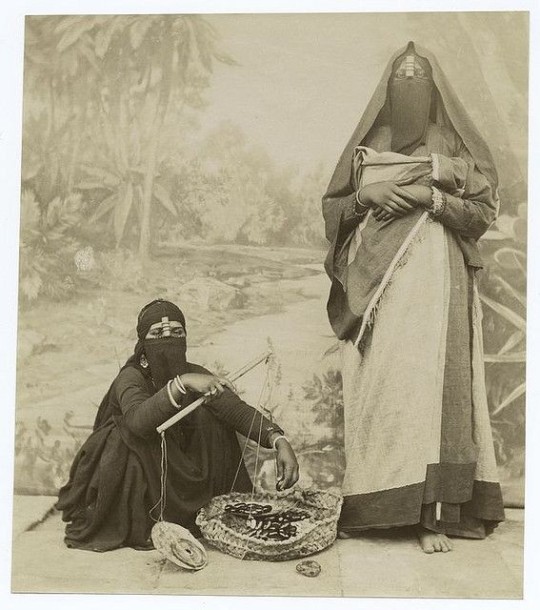

Exactly who wore these and what they symbolized, if they carried a connotation about martial status as the white habarah did, isn't known and can't be determined. Three of the photos here are definetely taken in studios, likely to be reproduced as postcards. Such photos used clothes primarily to create an aesthetic and didn't necessarily reflect their actual usage; something exemplified in the background of the second photo which shows a ground floor mashrabiya- an invention by photographers. Also seen are much darker melaya with the same style of border.
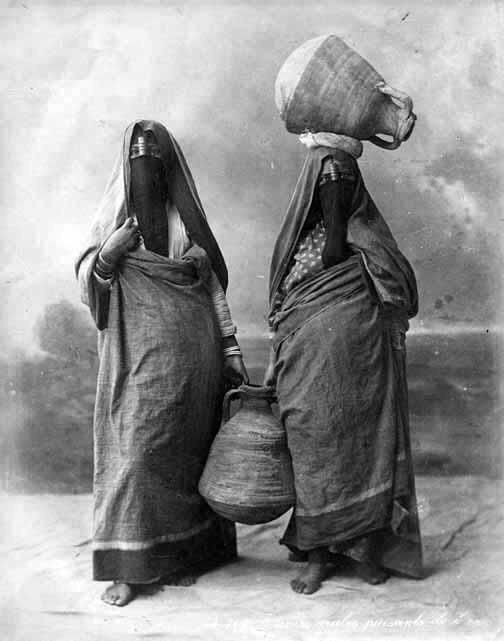

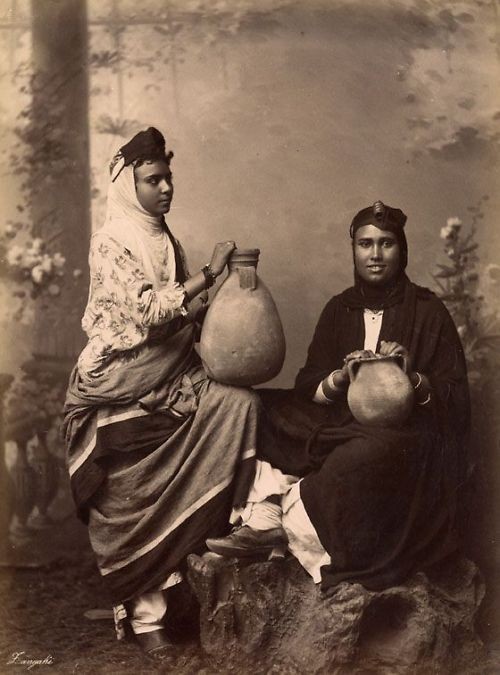

At the same time, we naturally have black wrappings (though wether or not these were yet called melaya in the mid to late 19th century, I don't know).



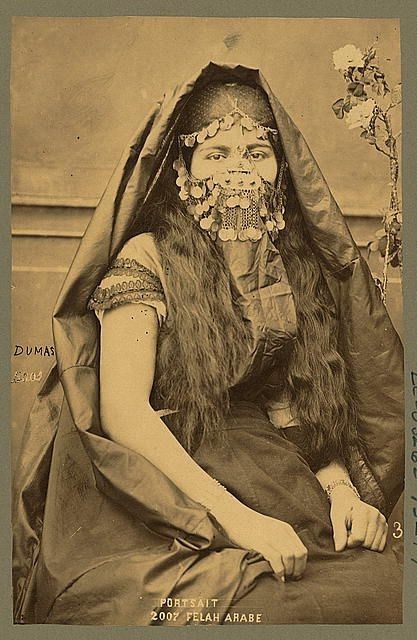
By the early to mid 20th century, all melaya are black. They are still being worn casually; most commonly as a simple wrap over a dress inspired by Western styles. Often this is coupled with a netted face veil and a head kercheif (mandil), as seen in the costuming of the Reda Troupe.



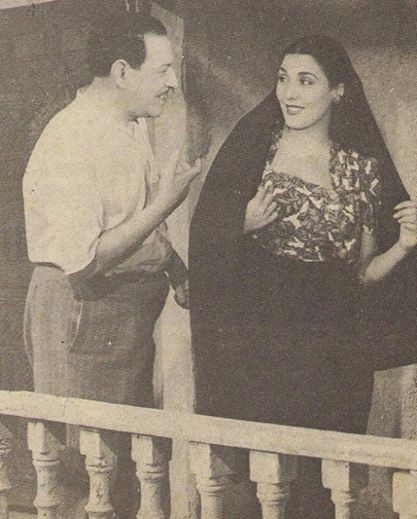
From Farida Fahmy and the Reda Troupe, we end up where we're at today. The melaya, unlike the similar toub worn by the neighboring people of Sudan, is no longer an article of common dress. It is most commonly seen as a costume prop for dances, made in black but occasionally also colors like red or blue, sometimes transparent or with transparent stripes, and often decorated with pailettes or sequins. Fabrics used include jersey and silk charmeuse.




*= the Iskandri dance which uses the melaya as costume and prop really should never be called a belly dance. It is possibly an adaption of a folk dance, but it was popularized as a theatrical dance by the Reda Troupe and the costume, as one can see, is based on the dress of Egyptian women in the mid 20th century.
Adapted from a Twitter thread, check out the notes for a link to this on WordPress that contains sources and further reading.
80 notes
·
View notes
Photo
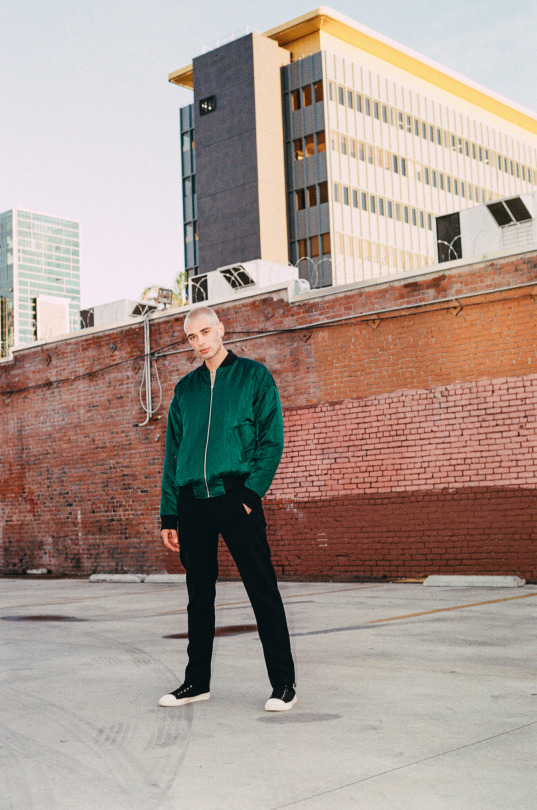
Evan
Hollywood, CA
#hollywood#evan leff#contax g2#zeiss#contax#brick wall#editorial#model test#film#analog#ishootfilm#filmisnotdead#la#los angeles#parking lot#street
7 notes
·
View notes

